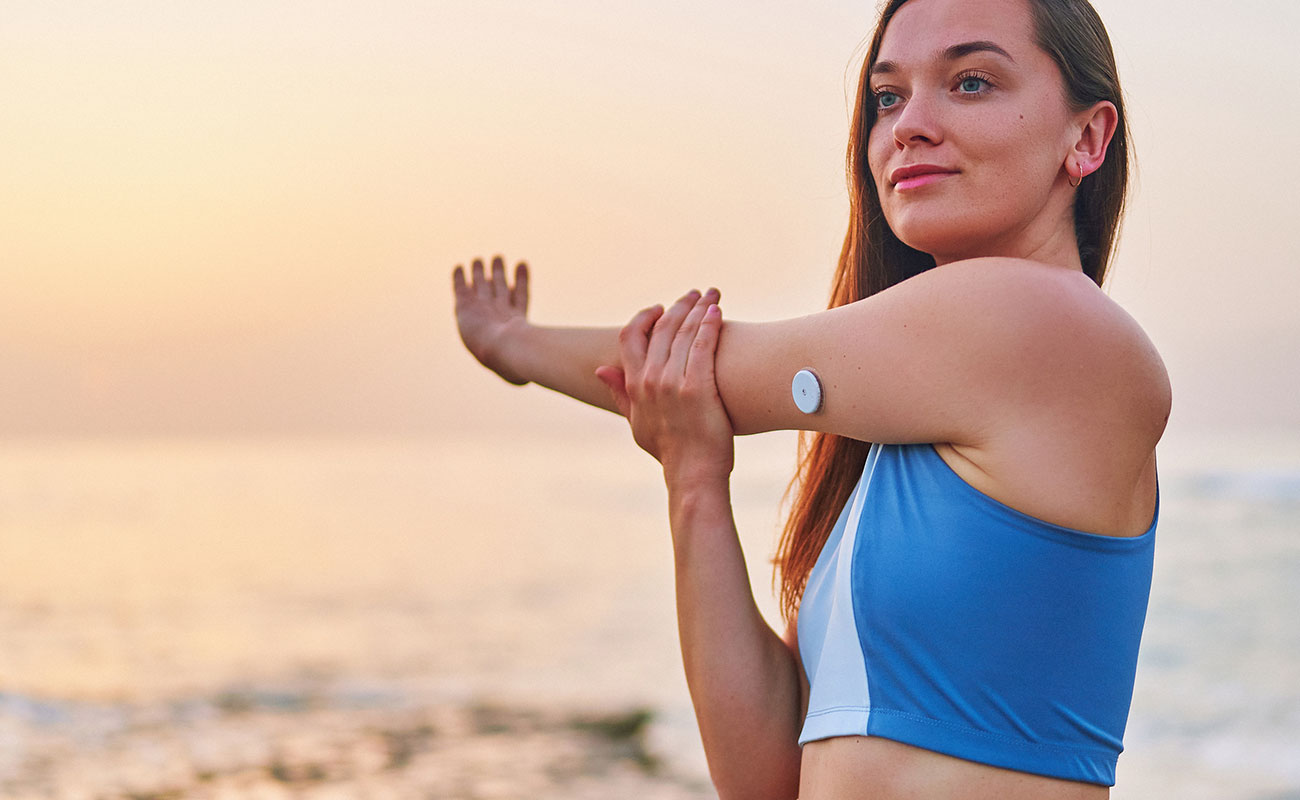As of 2021, roughly 30 million Americans have been diagnosed with a form of diabetes—nearly 9% of the U.S. population—and it’s thought that as many as 1 in 5 diabetes sufferers don’t even know they have the disease. Diabetes is not a singular disease, but describes a group of related autoimmune disorders stemming from an inability of the body to either produce insulin or use it properly. The result in all cases is an excess of sugar in the bloodstream, which can lead to a variety of complications, including cardiovascular disease, kidney disease, impaired vision, edema (fluid retention in the extremities), and neuropathy (nerve damage).
How is Diabetes Treated?
While there is currently no formal “cure” for diabetes, most forms of the disease can be managed with some combination of vigilant blood sugar monitoring and the use of insulin or other oral medications. Additionally, healthy diet and weight management and getting regular exercise are also crucial for diabetes management—and can even help prevent or delay the development of type 2 diabetes.
Recent studies have now begun to show that massage can be a valuable (and blissful) component of a diabetes management protocol.
How Does Massage Help Manage Diabetes?
Massage, while not a substitute for medical care, provides great supplementary benefits to individuals living with diabetes. How?
Massage lowers blood sugar levels
A 2011 study of diabetic children in Iran showed a statistically significant decrease in blood sugar levels when receiving three 15-minute Swedish massages per week.
A more complex 2022 study of patients with type 2 diabetes split participants into three groups: a control group, a group who received routine massage, and a group who received abdominal massage. Researchers examined each group’s glucose and lipid indicators and gut microbiota (AKA gut flora). Both the massage groups showed statistically significant and improved levels of glycated hemoglobin (A1C), total cholesterol, and the gut flora Enterobacter and Bifidobacteria. Additionally, the abdominal massage group showed decreased levels of the infection-causing Enterococcus bacteria in the gut microbiome.
From the study’s conclusions:
“Massage induces skin microcirculation, expands blood vessels and improves blood flow, promotes insulin secretion, improves the nervous system and the function of the vegetative nervous system, enhances the immune function and metabolism of the body, and promotes the utilization of glucose by muscle tissue, thereby reducing blood sugar levels. As a complementary treatment strategy, it is crucial to explore the most effective massage method in the treatment of T2DM.”
Massage improves blood circulation
Massage therapy enhances blood circulation, which is especially beneficial for patients with diabetes. Diabetes often impairs blood circulation, which leads to slower wound healing and other dangerous outcomes.
Massage reduces stress
Stress can adversely affect blood sugar levels, so managing stress is crucial for people with diabetes. Massage and bodywork are known for inducing relaxation and decreasing stress in all populations, which can have a powerful effect on blood glucose levels.
Massage has also been proven to lower cortisol, a hormone that increases insulin resistance and enhances glucose production in the liver. For diabetics, keeping both this “stress hormone” and stress itself under control is a must, making massage an obvious choice.
Massage improves nerve function
Diabetic neuropathy—which is experienced by an estimated 50% of people with diabetes—can lead to numbness, tingling, and pain in the arms and legs. Massage therapy stimulates the nerves and boosts blood flow, which can reduce neuropathy pain and help alleviate other nervous symptoms.
A 2015 study examined the benefits of Thai foot massage for type 2 diabetes patients. Researchers found that a 30-minute foot massage administered 3 times per week for 2 weeks resulted in significant improvements in participants’ foot sensation, range of motion, and ability to stand up from a seated position.
Should You Add Massage to Your Diabetes Management Routine?
Massage is generally safe and side effect-free for most diabetics. There are some risks, however, for those with more complex cases. If you have any diabetic complications—such as cardiovascular disease, kidney disease, skin ulcerations, or neuropathy—you should seek out a highly experienced massage therapist well-versed in performing massage for such specialized cases.
If your diabetes is well-controlled, you needn’t seek a specialized massage therapist, but you should still take some precautions. Because massage can cause a drop in blood sugar, it’s recommended that you schedule your massage when insulin is at its most stable—in the middle of a cycle, rather than just before or after administration.
And, as always, communication with your therapist is key. Make sure they are aware of your condition and how you want to handle a potential hypoglycemic episode, such as with sugar tablets, juice, or other tactic. You can rest assured that they will be compassionate, understanding, and appreciative of the information.
Whether you are diabetic or not, booking a massage is an excellent way to manage and lower pain, ease anxiety and stress, and add more wellbeing to your life. Best of all, Zeel will bring it directly to you in the comfort of home.
Melanie Peddle holds a MS in Mechanical Engineering and has been practicing massage since 2012. She is an instructor with Western Colorado University in its partnership with the University of Colorado, focusing on biomechanical engineering and injury, as well as applications in adaptive sports. An accomplished collegiate athlete, Melanie brings an engineer's mind to all her physiological pursuits, and a passion for the most interesting engineering challenge of all: the human body.







